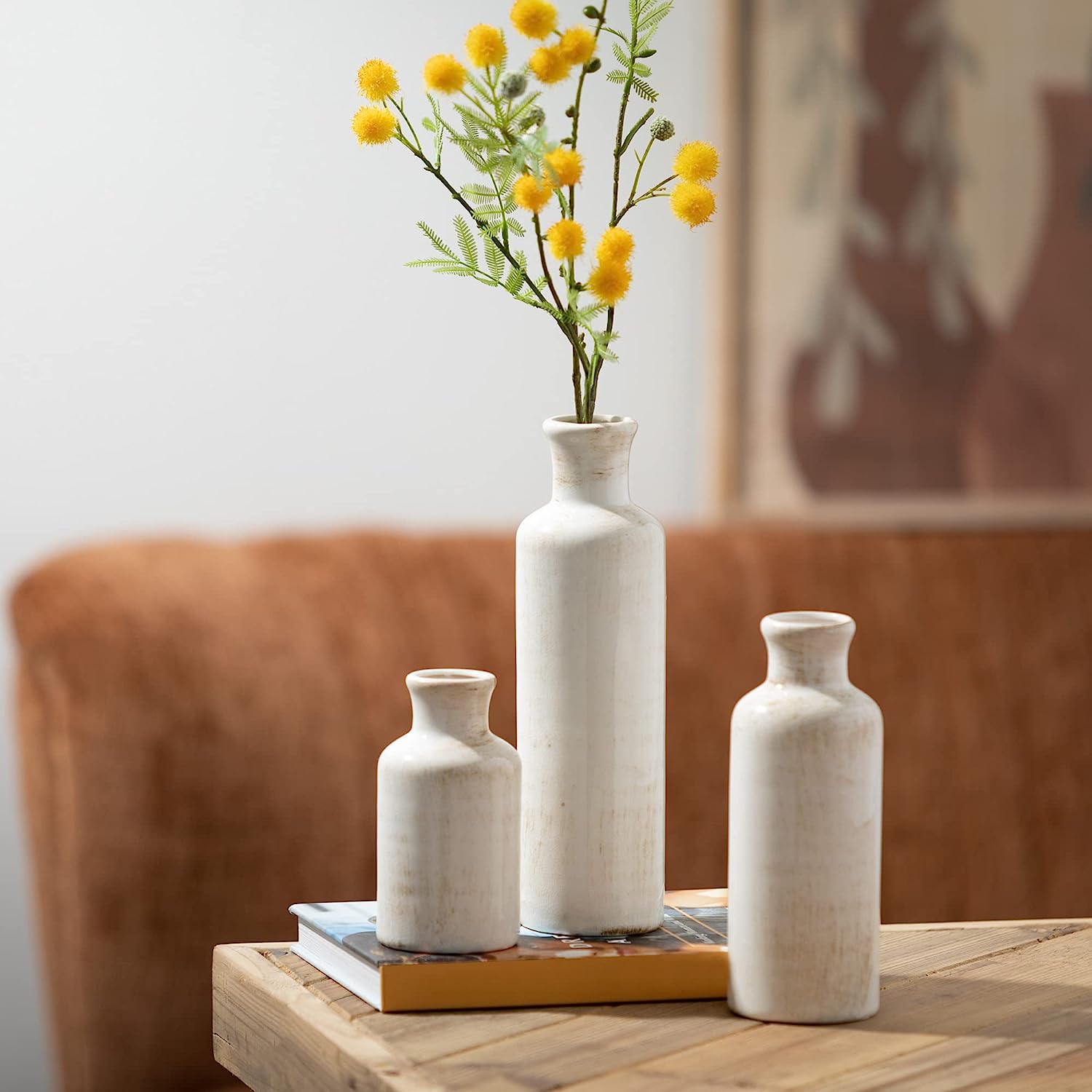Aaron Paul's 'dirt-to-dishes' rustic butler's pantry started as a hole in the ground but is now a 'status symbol'
For keen cooks and neatness enthusiasts, a walk-in butler's pantry is an organizational haven


Old-fashioned butler's pantries are enjoying a resurgence in popularity ‘as we realize how useful storage furniture really is’, says Tom Howley, founder of his bespoke kitchen brand.
‘Designs can offer a huge capacity, roughly equal to six wall cabinets, so food items are all located in one convenient area.’ While some attribute the increased interest to the revival of homebaking, and others feel the trend away from wall-hung cupboards has made pantries more necessary, Andy Barette of McCarron and Company believes they are also something of a status symbol. ‘They certainly have their place and can free up the main kitchen for everything else, rather than storage. It’s a trend that I can’t see dying off,’ he says.
Future kitchens and pantry ideas are about dispelling any notions of a pristine, glossy, show home, and introducing some modern rustic features into a butler's pantry have the immediate effect of creating a warm, lived-in home environment. This is exactly what interior designer Jake Arnold sought to achieve in American actor Aaron Paul's Idaho home. Crafted to resemble a frontier cabin, Arnold curated this walk-in pantry to look cozy, cosseting, and warm, perfectly in keeping with the house's cabin-like architectural style.
A post shared by Jake Arnold (@jakearnold)
A photo posted by on
While butler's pantries are predominantly included to solve a kitchen storage problem, they should be designed with just as much thought and consideration as any other room in the home.
‘A pantry can be a cheerful place to help transform mundane and everyday tasks into enjoyable experiences,’ suggests interior designer Mary Graham of Salvesen Graham. ‘Decorative details and interesting materials turn a utilitarian space into somewhere joyful to be,’ she notes. Unsurprisingly, many people are turning to nature for their inspiration.
The use of natural materials has increased considerably during the pandemic and will strengthen in appeal as marble, granite, and unpainted cabinets become a firm fixture. Not only do they have a rich aesthetic quality, but they are increasingly being recognized for their health benefits (reducing the amount of chemically treated items in the home).
With this beautiful design, Arnold demonstrates how the materials add warmth and depth to a small pantry. Arnold is a master at creating dimly lit, charming spaces. In a conversation with Architectural Digest, Arnold talks about curating cooning refuges that are 'womblike, never tomblike.' As the materiality of the space is so tonal, the addition of the floating wood shelves, filled with neutral serveware, enabled moments of curation and interest.
Design expertise in your inbox – from inspiring decorating ideas and beautiful celebrity homes to practical gardening advice and shopping round-ups.
Shop the pantry edit

Jennifer is the Digital Editor at Homes & Gardens, bringing years of interiors experience across the US and UK. She has worked with leading publications, blending expertise in PR, marketing, social media, commercial strategy, and e-commerce. Jennifer has covered every corner of the home – curating projects from top interior designers, sourcing celebrity properties, reviewing appliances, and delivering timely news. Now, she channels her digital skills into shaping the world’s leading interiors website.


